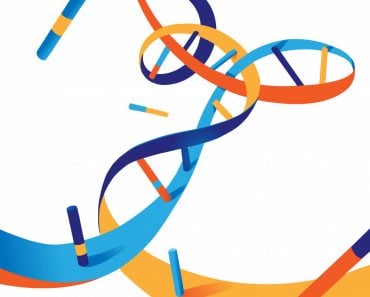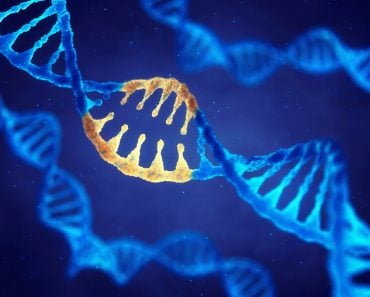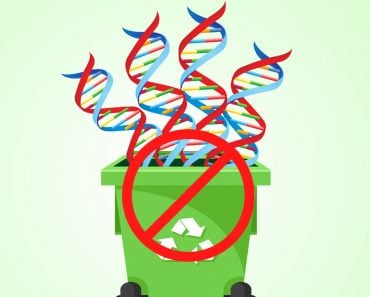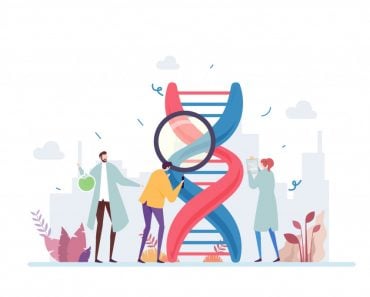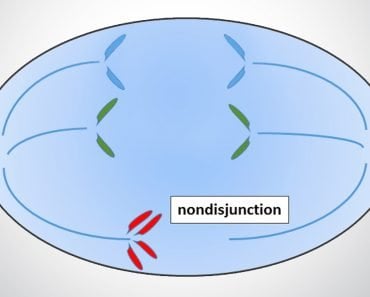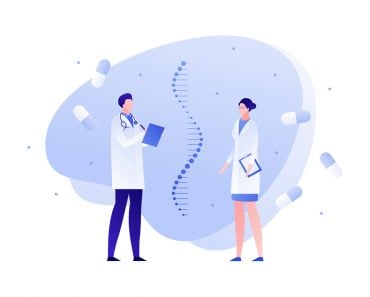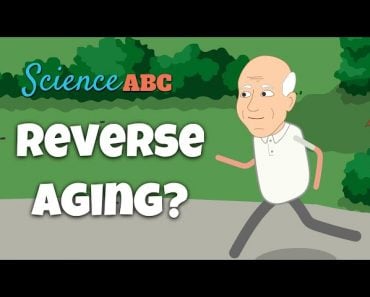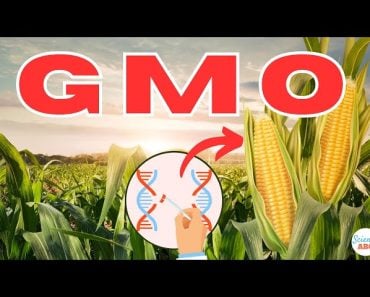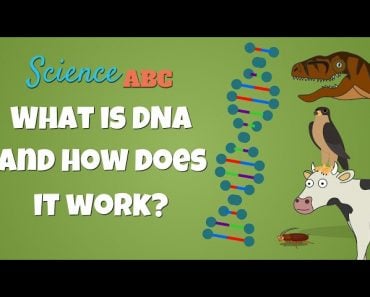Table of Contents (click to expand)
Deletion mutation is when a nucleotides get removed from the DNA. This changes the transcription reading frame which causes a malformed protein to be formed.
Every single one of our cells is a powerful machine that can carry out all of its tasks with impressive efficiency, but as one of the big-picture lessons of evolution and natural selection has shown us, our cells are not perfect. More specifically, our cells’ ability to replicate themselves into two identical daughter cells during cell division is not a 100% guaranteed process. Mistakes during DNA replication can happen, and one of the most common mistakes in this process is called a deletion mutation.
However, before we can get into the specifics of this type of mutation, it is important to take a brief look at the basic process of DNA replication in the nucleus of cells.
Recommended Video for you:
DNA Replication Overview
As you may already know, our DNA is composed of nucleotides, the subunit of our genetic material. Each of these nucleotides has three parts, a sugar called deoxyribose, a phosphate group and a nitrogenous base. When you look at the classic picture of a double-helix strand of DNA, the outsides of the “ladder” are made of the phosphate groups and sugars, while the “rungs” of the ladder are composed nitrogenous base pairs. This is where the action happens in terms of our genetic information, including its replication into new strands of DNA for the daughter cells’ nucleus before cytokinesis.
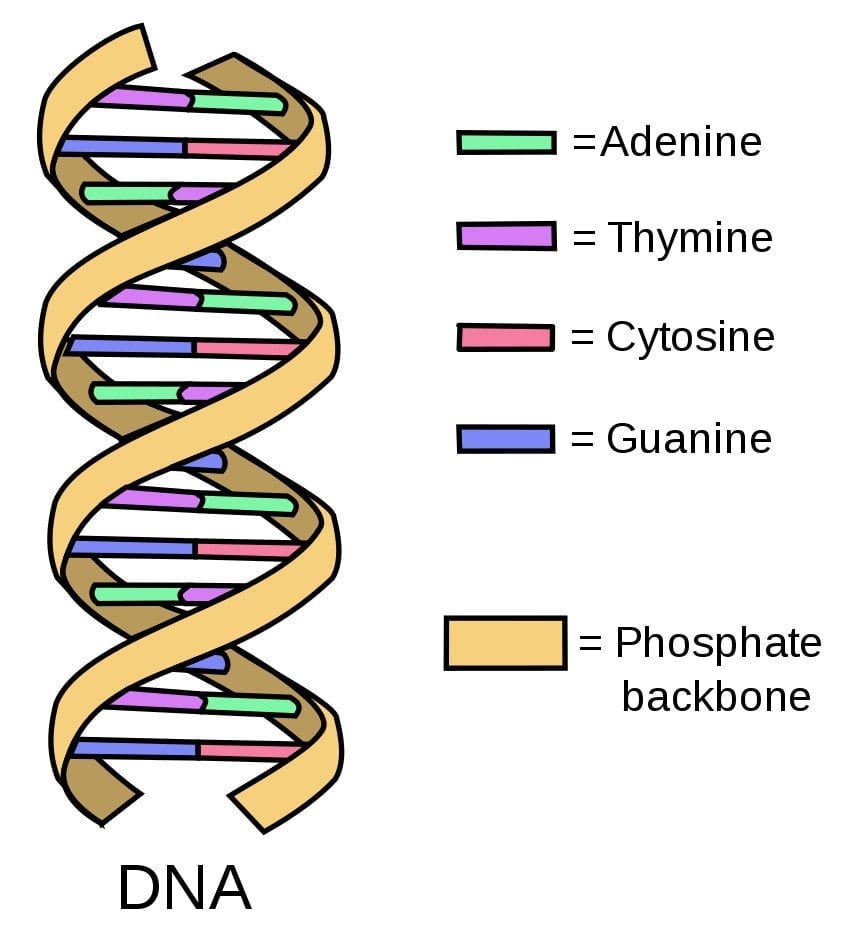
Now, these nitrogenous bases—depending on the number of hydrogen, oxygen and nitrogen molecules they contain—form the key differentiator between the four complete nucleotides, adenine, guanine, cytosine and thymine (represented by A, G, C and T). Thymine and Adenine always pair together, as do Guanine and Cytosine. Every strand of DNA has a master strand and a complementary strand, each of which contain nucleotides that pair across the rungs of the double-helix ladder. For example, a Guanine on the master strand will be paired with a cytosine on the complementary strand. Each of these nucleotide pairs is called a base pair, and every three base pairs forms something called a codon. Each codon “codes” for an amino acid, the fundamental unit of proteins.
During the process of DNA replication, and more specifically, transcription, DNA polymerase begins at one codon and moves down the line of the gene, copying each appropriate nucleotide base on the opposing strand of mRNA. However, this copying does not always happen accurately, resulting in a deletion mutation.
What Is A Deletion Mutation?
When DNA polymerase is moving down the template strand of DNA, it may occasionally slip, essentially skipping over one or more of the nucleotides. This means that the sequence will not be transcripted properly from the DNA strand to the respective mRNA strand. Instead, the entire sequence of nucleotides will shift the “reading frame”, resulting in something called a frameshift. As explained above, since base pairs are grouped into sets of three, called codons, which result in specific amino acids, a frameshift can disrupt this pattern, changing all of the base pairs, codons and subsequent amino acids/proteins following this deletion of a nucleotide base.
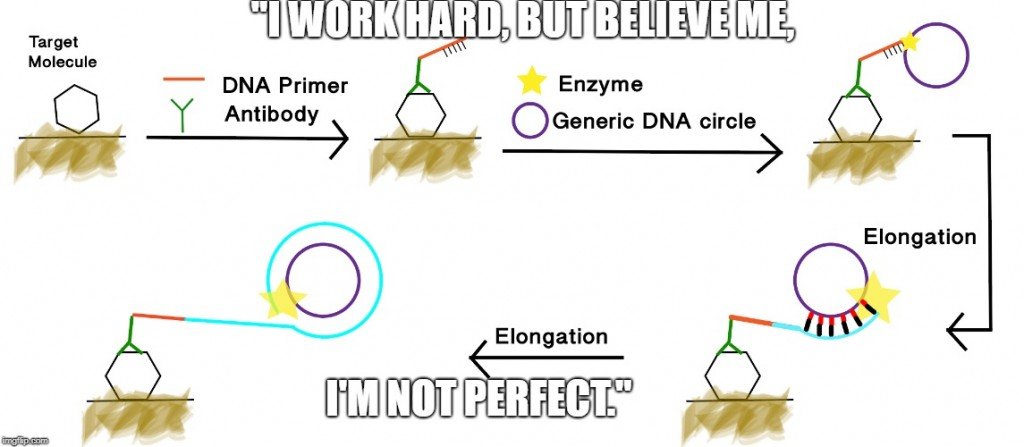
The gene that is produced may therefore be unable to function. A non-functioning gene can have a wide range of effects, from harmless to extremely detrimental, depending on where on the gene such a deletion occurs, as well as what type of cell experiences the deletion. In some cases, if three nucleotides are deleted (e.g., a full codon), it will cause one amino acid to be missing from one protein, which can be a serious problem, depending on the details of the deletion mutation. If one or two nucleotides are deleted, and a larger frameshift occurs, then the effects will be more far-reaching in the overall DNA sequence. This will also disrupt the order of nonsense codons (filler) and stop codons, making proper replication even more difficult.
In the case of meiosis, long sections of DNA can be switched from one strand to another—a process called crossing-over—and if these sections are not the same length, or if they suffer from deletions, it can result in larger sections of DNA failing to be transcribed properly.
Are Deletion Mutations Serious?
These types of genetic mutations should not be taken lightly, but as mentioned earlier, our cells are incredibly complex and efficient machines, so much so that they can even catch some of their own mistakes before they can have a negative impact on DNA replication. While DNA polymerase is the primary transcription enzyme, there is a second enzyme, exonuclease, that will trail behind the polymerase and eliminate any sections of the DNA that are not a perfect match of the template. While cutting out the improper sections can avoid some mistakes, this isn’t a perfect system for detection.
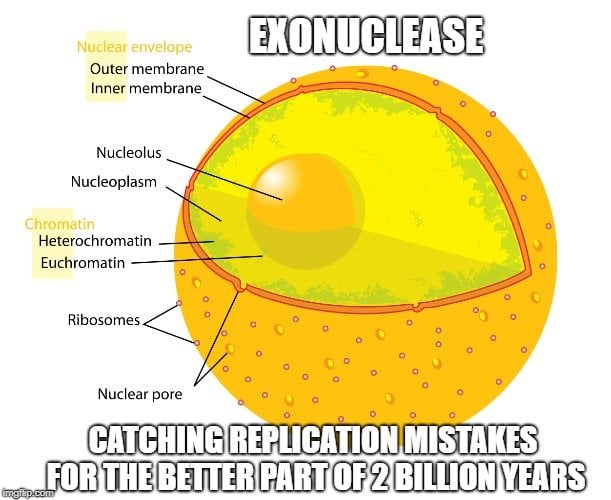
Fortunately, these types of mutations only generate phenotypic differences when they occur in cells that will lead to reproduction, i.e., tissues of the gametes. Small deletions in such cells may result in small physical abnormalities, but larger deletions may cause a miscarriage, serious genetic defects and a higher risk of premature death. In other cells of the body, such deletion mutations have less of an effect on large-scale function. For humans, when such mutations occur, they have deleterious effects less often than you might expect, due to the precise mechanics of the cell’s nucleus.
That being said, when a child is born after suffering serious deletion mutations, there are a few diseases that are known to be directly linked, including hereditary neuropathy, Smith-Magenis syndrome and Williams-Beuren syndrome, as well as certain physical anomalies, such as a smaller stature size.
A Final Word
We think of our bodies as self-sustaining machines, and we’re loathe to admit that all of our moving parts don’t always work properly. However, accidents happen and mutations do occur. Understanding the mechanics behind such mutations and how they may affect our health provides a better perspective on both our inner workings and our overall functioning as humans!


